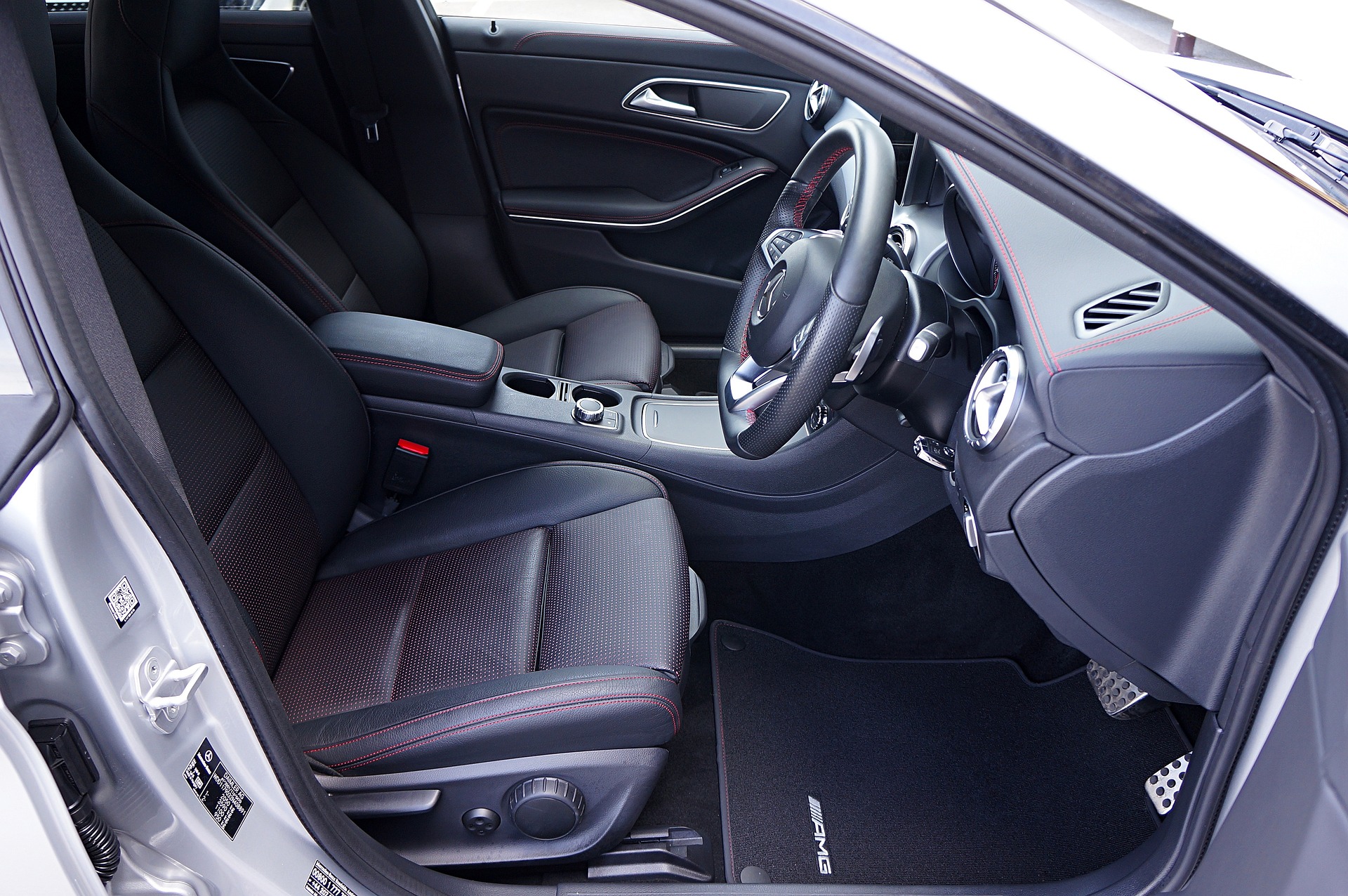Hydrophobic Coatings: The Future of Self-Cleaning Cars
The world of automotive innovation is constantly evolving, and one of the most exciting advancements in recent years is the development of hydrophobic coatings for vehicles. Imagine a car that repels water, dirt, and grime, maintaining its pristine appearance with minimal effort. This isn't just a futuristic concept – it's a reality that's revolutionizing the way we think about car maintenance and aesthetics.
The Science Behind Hydrophobic Coatings
At its core, hydrophobic technology is based on the principle of surface tension. These coatings create a microscopic layer of protection that alters the surface properties of the vehicle’s paint. The result is a surface that water and other liquids cannot easily adhere to, instead forming droplets that slide off with remarkable ease.
The key to this technology lies in its molecular structure. Hydrophobic coatings typically consist of fluoropolymers or silicone-based compounds that form a nanoscopic layer on the surface. This layer creates a high contact angle between water droplets and the surface, causing them to bead up rather than spread out.
From Nature to Nanotechnology
The concept of hydrophobicity isn’t new – it’s been observed in nature for centuries. The lotus leaf, for example, is renowned for its ability to repel water and remain clean even in muddy environments. This natural phenomenon, known as the lotus effect, has inspired scientists and engineers to develop synthetic materials that mimic these properties.
In the automotive world, the journey from observing natural hydrophobic surfaces to creating practical applications has been a long and fascinating one. Early attempts at water-repellent coatings were largely ineffective or short-lived. However, advancements in nanotechnology have allowed for the creation of more durable and efficient hydrophobic solutions.
Application and Benefits for Vehicles
The application of hydrophobic coatings to vehicles offers a multitude of benefits beyond just keeping cars clean. One of the most significant advantages is improved visibility during rainy conditions. Water beads up and rolls off windshields and side mirrors more easily, reducing the need for wipers and enhancing driver safety.
Moreover, these coatings provide an additional layer of protection against environmental contaminants. Acid rain, bird droppings, and tree sap are less likely to bond with the vehicle’s surface, preventing potential damage to the paint. This protective quality can help maintain a car’s resale value by preserving its appearance over time.
Challenges and Ongoing Research
While hydrophobic coatings offer numerous benefits, they are not without challenges. Durability remains a key concern, as these coatings can wear off over time due to exposure to UV rays, harsh weather conditions, and abrasive cleaning methods. Researchers are continually working to develop more resilient formulations that can withstand the rigors of daily use.
Another area of focus is the integration of hydrophobic properties into the paint itself, rather than applying it as a separate coating. This approach could potentially offer longer-lasting protection and easier application during the manufacturing process.
The Future of Automotive Surface Technology
As hydrophobic coatings continue to evolve, we can expect to see more widespread adoption across the automotive industry. Luxury car manufacturers are already incorporating these technologies into their high-end models, but as production costs decrease, we may soon see them become standard features on a wider range of vehicles.
The potential applications extend beyond just the exterior of cars. Interior surfaces, such as dashboards and seats, could benefit from hydrophobic treatments, making them easier to clean and maintain. This could be particularly valuable for shared vehicles or in the growing ride-sharing economy.
Environmental Implications and Sustainability
An often-overlooked aspect of hydrophobic coatings is their potential environmental impact. By reducing the need for frequent washing and the use of harsh cleaning chemicals, these technologies could contribute to water conservation and reduce chemical runoff into ecosystems.
However, the environmental credentials of hydrophobic coatings themselves are still under scrutiny. Researchers are exploring more eco-friendly formulations, focusing on biodegradable components and reducing the use of potentially harmful chemicals like perfluorooctanoic acid (PFOA).
Integration with Smart Car Technologies
The future of hydrophobic coatings in the automotive industry is closely tied to the development of smart car technologies. We may soon see intelligent systems that can detect when a vehicle’s hydrophobic properties are diminishing and alert the owner or automatically schedule maintenance.
Furthermore, the combination of hydrophobic coatings with self-healing paint technologies could create vehicles that not only repel contaminants but also repair minor scratches and blemishes autonomously. This symbiosis of different surface technologies promises to revolutionize vehicle maintenance and aesthetics.
Conclusion: A Cleaner, Safer Driving Future
Hydrophobic coatings represent a significant leap forward in automotive surface technology. As these innovations continue to evolve and become more accessible, they promise to transform our relationship with vehicle maintenance and enhance the driving experience.
From improved safety in adverse weather conditions to reduced environmental impact of car cleaning, the benefits of hydrophobic coatings are far-reaching. As we look to the future, it’s clear that this technology will play a crucial role in shaping the next generation of vehicles, offering drivers a cleaner, more efficient, and more enjoyable ownership experience.
The journey of hydrophobic coatings from nature-inspired concept to cutting-edge automotive technology is a testament to human ingenuity and the endless possibilities of materials science. As research progresses and new applications emerge, we can expect this innovative technology to become an integral part of the automotive landscape, paving the way for a new era of self-cleaning, low-maintenance vehicles.





